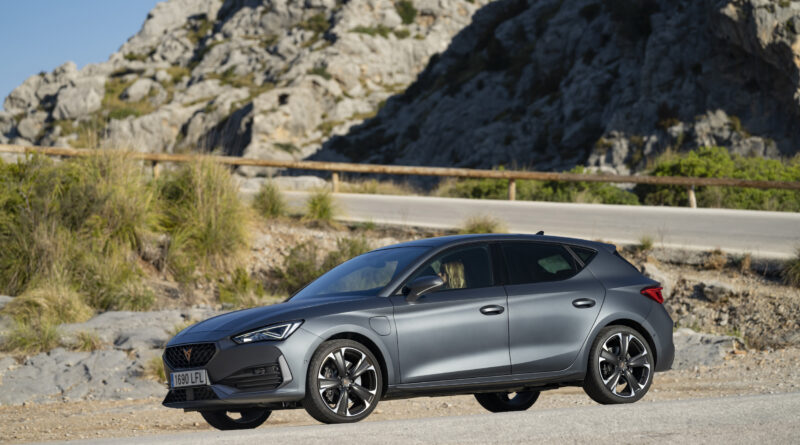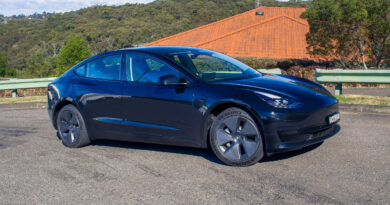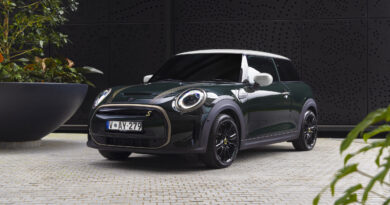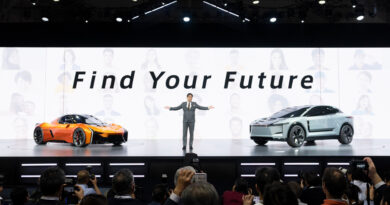Driven: Cupra Leon e-Hybrid PHEV
Everyone knows the Golf GTI, Germany’s long-lived hot hatch icon. But few Australians will be aware there’s also a Golf GTE.
It’s the fast-PHEV version of the Golf, with power to equal the GTI. While Volkswagen has been producing it since 2014, the GTE has never been sold here.
This situation isn’t about to change, but Volkswagen Group Australia, which also handles sales of Skoda and Audi, plans to begin importing something very similar to the latest Golf 8 GTE from around May next year. It’s called the Cupra Leon e-Hybrid.
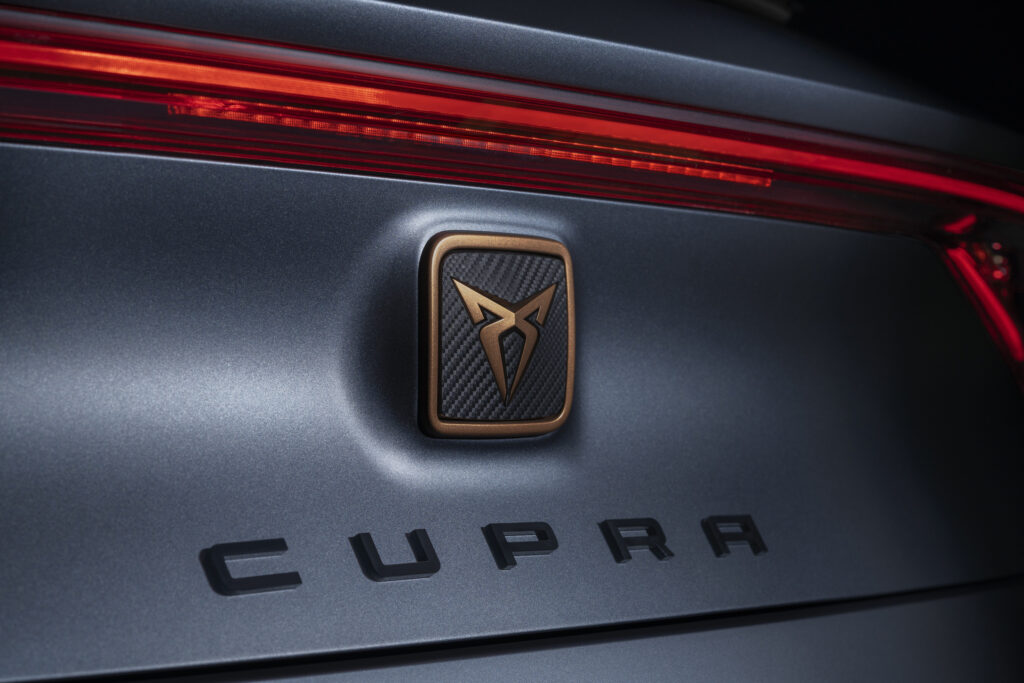
With its focus on “electrification and sportiness” and launched in 2018, Cupra is a sub-brand of VW Group-owned Spanish car maker Seat. Having established itself in Europe, Cupra now aims to expand its horizons. Along with Israel and Mexico, Australia will be among the first countries outside Europe where Cupra is to be sold.
Read all about Cupra’s plans for Australia here.
On par with Golf PHEV-tech
As part of the VW Group, one of the global giants of the car industry, Cupra has access to its latest-generation powertrain tech. The Leon e-Hybrid packs a slightly hotter version of VW’s updated small-car PHEV tech launched late last year in the Golf VII GTE.
Both the Leon e-Hybrid and the Golf GTE have a 110kW turbo 1.4-litre four cylinder engine, but the 85kW maximum power of the Cupra’s electric motor is 5kW more than the VW’s.
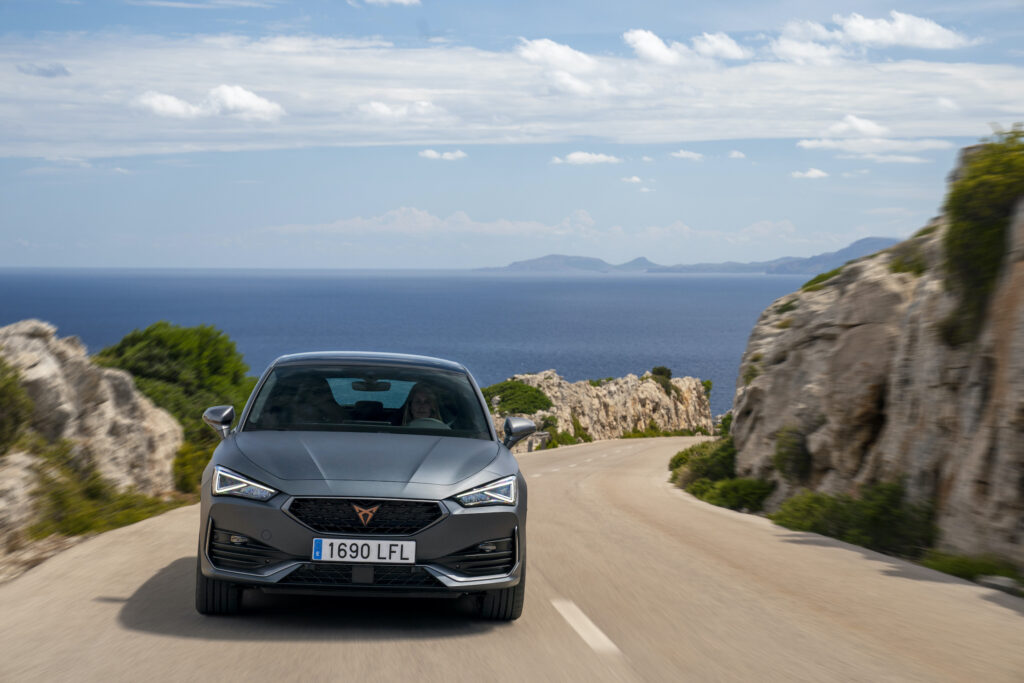
Still, the Leon e-Hybrid’s propulsion system has the same 180kW and 400Nm maximum power and torque outputs as the latest Golf GTE, delivered to the road via the same six-speed double-clutch auto. This transmission is specifically designed for PHEVs.
The electric motor draws on a 12.8kWh lithium-ion battery pack, a 50 percent increase compared to the previous generation of small PHEVs from VW Group brands.
According to the fairly realistic WLTP test standard, the Leon e-Hybrid has an electric-only driving range of 60 to 65km.
This gives the Leon e-Hybrid hatch an electric range advantage of around 10km over the higher and heavier Formentor e-Hybrid crossover that will be the most costly Cupra of all in Australia. Both have exactly the same powertrain specifications.
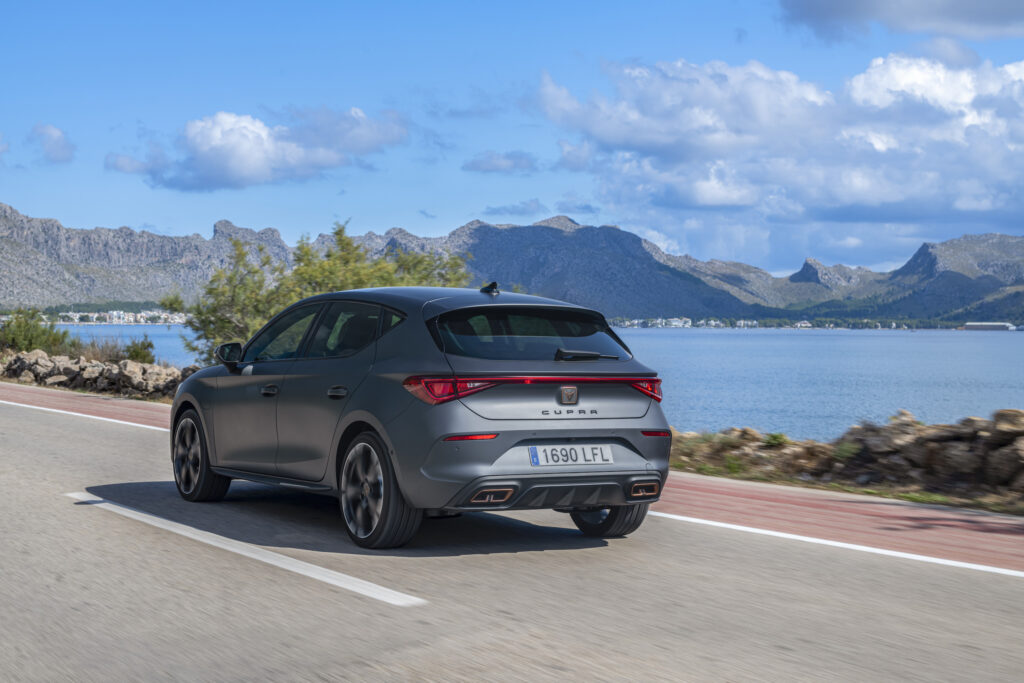
The Leon e-Hybrid is also a snappier performer. Cupra claims a 0-100km/h time of 6.7 seconds for the hatch, 7.0 seconds for the crossover.
As is with most PHEVs, the battery packs of the Cupras can only be charged using AC electricity. DC fast charging isn’t an option.
Using a 3.6kW wallbox a full recharge will take around 3.5 hours. Plug in to a normal power socket instead and the time increases to five hours.
Inside the Leon e-Hybrid
Like the current Golf VIII, the Leon is built on the VW Group’s MQB Evo platform, the latest version of its component toolkit for small vehicles.
But the hatch from Spain has a wheelbase around 40mm longer than its German cousin, a difference that means more knee room for rear seat passengers. Up front are a pair of sportily firm and supportive seats. The driving position is very good, with an extensive range of adjustment to cover the base majority of body shapes and sizes.
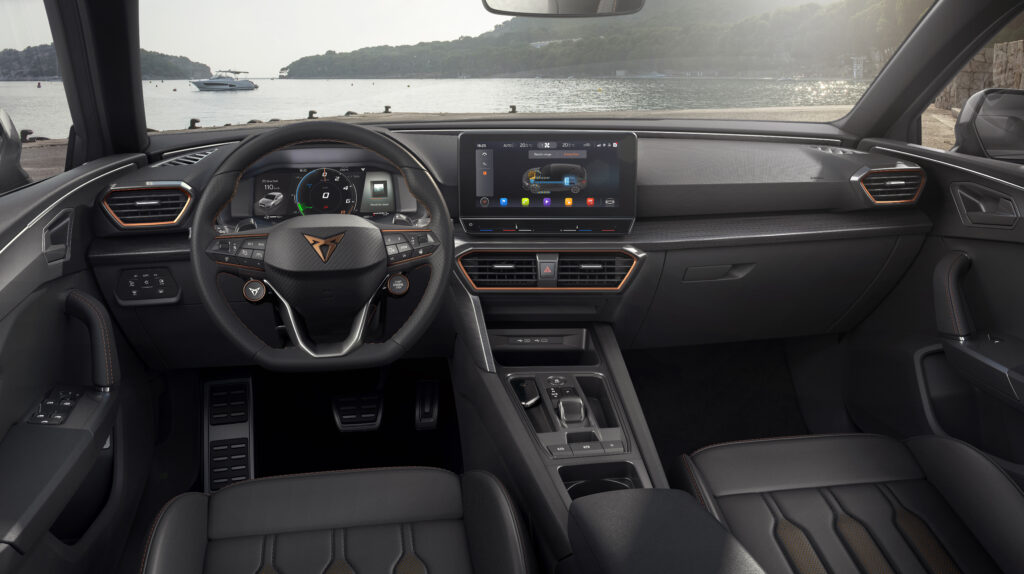
Just as Barcelona ain’t Berlin, the ambience inside the Cupra isn’t Golf-like. The Leon e-Hybrid’s instrument panel is a more edgy design. Darkness dominates the palette of interior colours, with occasional relief from splashes of Cupra’s trademark bronze in places like the steering wheel boss and face-level air vent surrounds.
Though the look and feel is distinctly different, the content of the Cupra’s interior is typical VW Group. There’s a large central touch screen for the infotainment system, and an impressive array of driver assistance and safety tech.
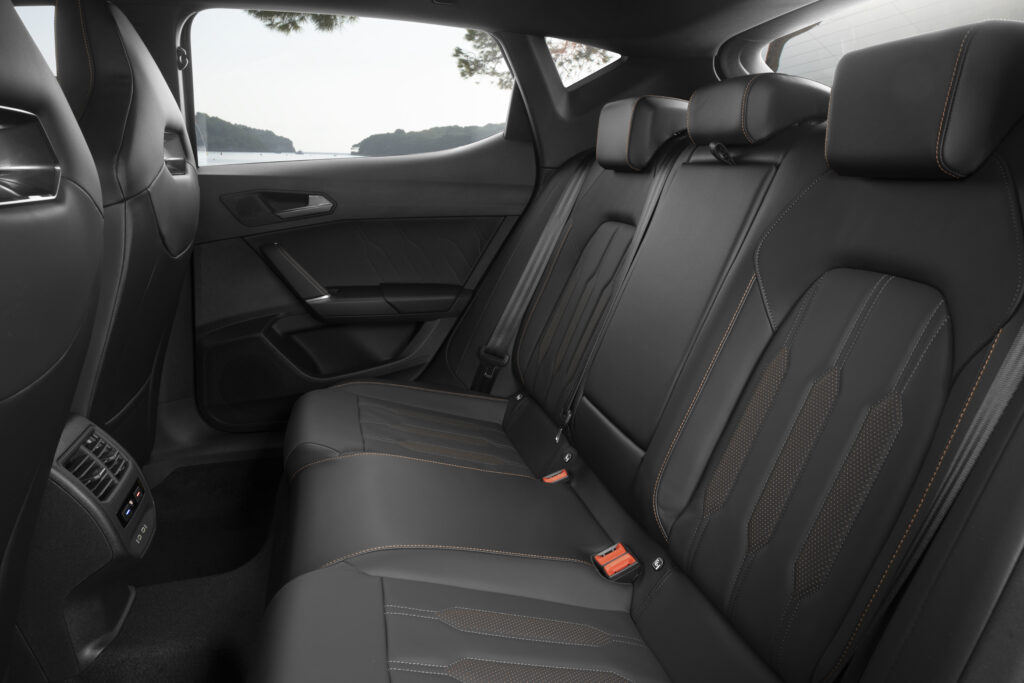
The one obvious disadvantage of choosing the Leon PHEV is that its battery pack bites a chunk out of cargo compartment capacity. With 270 litres, the e-Hybrid has 90 litres less than the ICE-powered versions of the Leon.
The PHEV’s fuel tank is also a smaller – 40 litres instead of 50 litres – but the lower consumption of the e-Hybrid means this shouldn’t be a problem for most owners.
Driving Cupra’s fast-PHEV hatch
The default mode on start-up is the e-Hybrid’s electric E mode. If there’s sufficient charge in the battery pack of course.
Though the Leon PHEV weighs almost 200kg more than its nearest ICE-powered equivalent, performance in E mode is more than sufficient for city and suburban driving. Step-off acceleration is especially good, thanks to the hefty low-rev torque – 330Nm – of the electric motor.
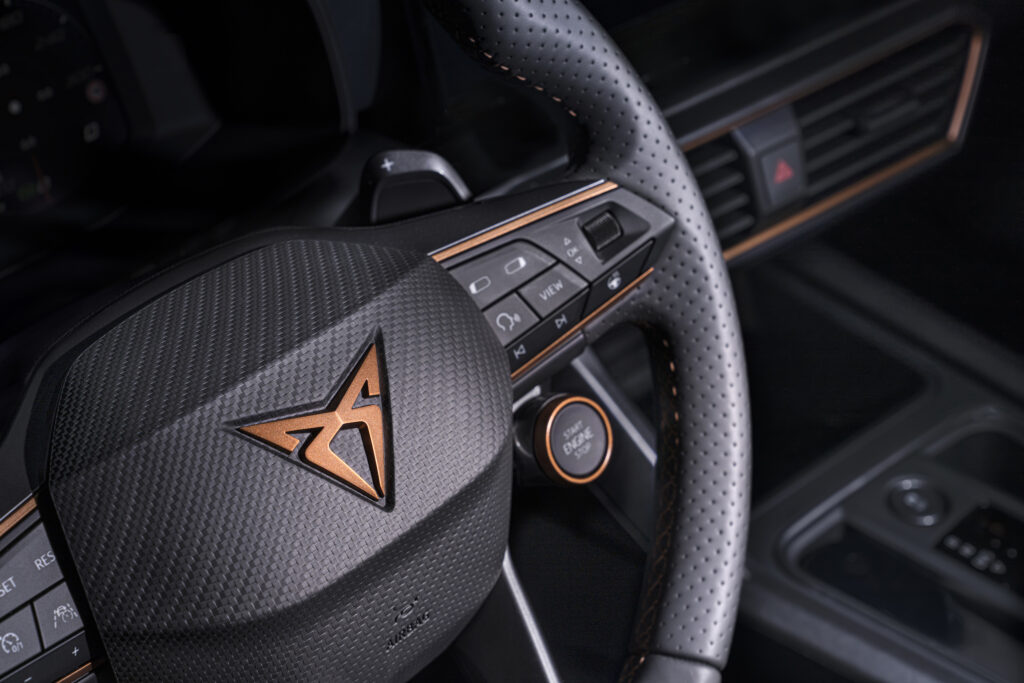
Also impressive is the finesse of the six-speed double-clutch auto. It’s a really smooth shifter, whether the Leon e-Hybrid is running in E or Hybrid mode.
In Hybrid mode the driver has the further option of selecting the self-explanatory Battery Hold or Battery Charge modes.
Foot-flat performance with both turbo four and electric motor contributing is strong, but not quite in the same league as a Golf GTI… or the 180kW turbo 2.0-litre ICE-powered Leon for that matter.
The high-rev sound of the e-Hybrid’s turbo 1.4-litre isn’t by any means offensive, but it lacks the depth and timbre of the larger four in the purely ICE-powered Leons.
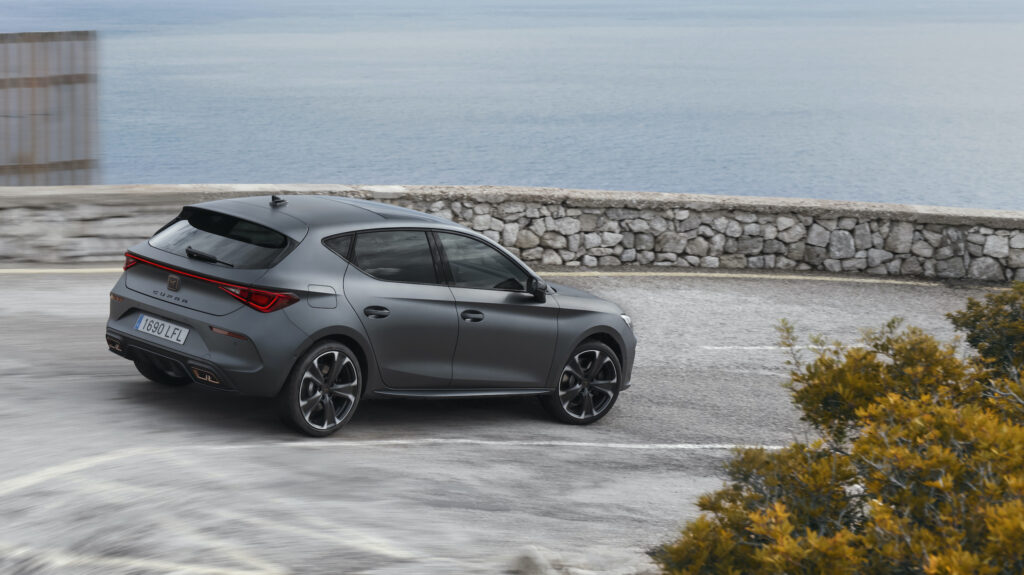
Nicely precise steering is the Leon e-Hybrid’s handling highlight, despite occasional moments of slight torque steer. The big brakes inside the car’s standard 19-inch wheels are also rather good.
But while the Cupra grips the road with conviction, the Leon e-Hybrid doesn’t quite manage to deliver the same degree of driving fun as the hotter Leon hatches. The weight of the battery pack seems to blunt the PHEV’s willingness to dive into corners, and to reduce its vigour when accelerating out of them.
It shines when driven at a more cruisy pace. This plays to the strengths of the PHEV powertrain. Its abundant torque means the e-boosted ICE can pulls high gears at low revs and seldom needs to shift back to climb hills.
Worth the wait?
Volkswagen Group Australia, which will handle sales and support of Cupra, has yet to announce prices of the Made-in-Spain range.
Indications are that the e-Hybrid will be the most expensive of the four Leon variants headed for Australia. It’s likely to be priced in the $50,000 to $55,000 range, some way below the Formentor e-Hybrid.
This would position the Cupra e-Hybrid in premium hot-hatch territory. While it doesn’t quite have the performance to match ICE-powered rivals, as an affordable fast-PHEV it’ll be in a class of its own.

